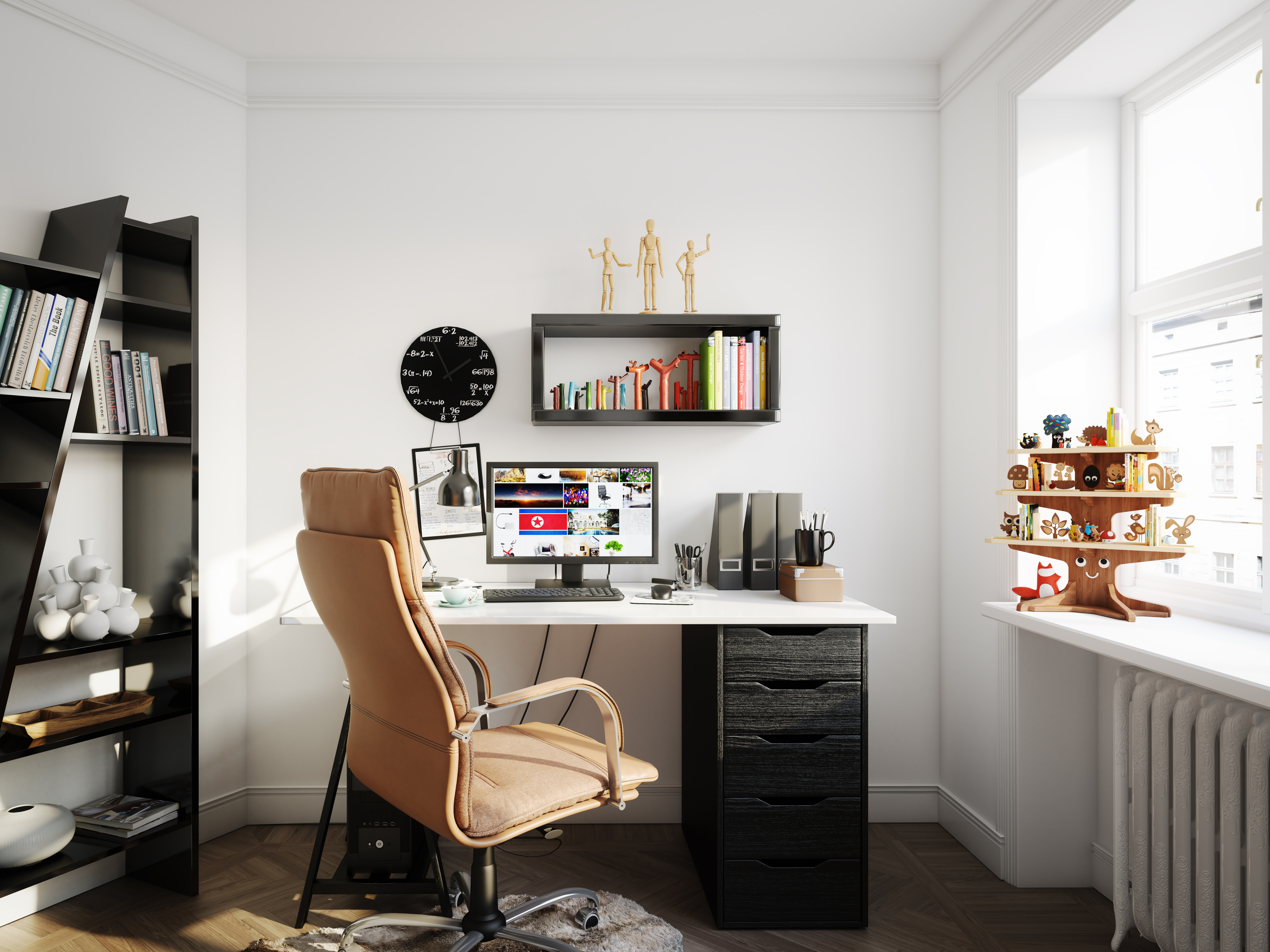
Ensuring You have a Pain-Free Workplace
Today’s workplace and workspace of 2023 look very different than they did just a few years ago before the COVID-19 pandemic. They have shifted in major ways. Now people are finding themselves working anywhere and everywhere – from home offices and coffee shops to their car, in an airport or hotel – and everywhere in between.
Our bodies are feeling this change – in good and bad ways. This is something I’ve been very focused on in the last few years as a Doctor of Osteopathic Medicine. One of our core beliefs is about the importance of looking at patients holistically – body, the mind and spirit – and treating all three.
So let’s start doing that and talk about the benefits of a flexible workplace.
Having more flexibility is often good for our soul. That may be because you can now use your lunch break to head to the gym, walk the dog – or even catch up on laundry. Many report benefits in dropping a long, lengthy, stressful commute. These are more than just conveniences. When our mind is less stressed, our body is going to be less stressed and that makes it healthier. It can reduce tight muscles, jaw pain, back pain, neck pain, migraines and so much more.
I find that the flexible work place has also increased a focus on physical health. So many more people are now using standing desks, desk treadmills or desk bikes. People are taking conference calls while they go for a walk – or walk the dog. As long as it’s not impeding the workplace environment and productivity is still there, I think it’s important for us to acknowledge these benefits.
For many though, there has been a negative impact on the body and I find that’s most often the case when people are winging it with their workspace. From what I see with patients, back and neck pain triggered by a workspace come down to inadequacies in two areas – materials and treatment.
Inadequate Work from Home Materials
When you work in an office outside your home, someone else is investing in desks and chairs and they can be really nice ones with lumbar support. Perhaps you’re given more supplies too – like a wireless keyboard, ergonomic mouse, a rest pad for your wrists and much more. Many people didn’t invest in these materials when the pandemic first started, unaware how long their flexible work environment would last.
But nearly three years later, it’s here to stay for many. If that’s the case for you – invest in some materials to improve the biomechanics of your workplace. You’re likely sitting there for 8 hours a day, 40 hours a week. If it’s not a proper setup, you’re going to feel it and that pain can build up and get more severe over time – manifesting as back pain, carpal tunnel, tech neck and more.
Ergonomic setups are key to prevent this type of chronic pain. Three tips –
- Your computer monitor and camera should be at eye level so you’re not looking down. That likely requires a wireless keyboard so your arms and wrists are in a good position that doesn’t put pressure on your neck.
- You don’t want to put too much pressure on your wrists by keeping them too close to the keyboard or edge of the desk. Wrist rests can help too.
- Your chair needs to support your back so you’re not hunched – or too far away from the desk. Sit up straight with legs flat on the floor and your body at a 90 degree angle while you’re sitting.
- Take breaks. Get up. Stretch. Move around – at least once an hour. Your body will thank you.
Inadequate Treatment for Neck & Back Pain
There’s a real tendency for people to downplay pain when it comes from their workplace. It’s like they think it’s not a big deal because they didn’t hurt themselves doing a sport or in an accident. But workplace pain is a very real issue. Here’s what to keep in mind when treating it.
- Don’t put off seeking help. The longer you wait to consult with a doctor, the more severe your pain becomes and the greater chance of more serious impacts on your body. Generally, the earlier you reach out for help – the easier the fix is.
- Know that most back and neck pain doesn’t require surgery. People are often afraid to seek help for back pain because they’re worried about surgery. But 90% of our patients get better without surgery. There are so many treatments today – from regenerative medicine, physical therapy, blood flow restriction, injections like a cortisone or steroid shot, and medications to reduce inflammation and so much more.
- Remember to exercise and strengthen your body too. When you spend long periods of time at a desk – our bodies need stretching and movement to counteract that. We want to strengthen our body and we want to set it up for success in the future. Sometimes you can figure out the stretches and exercise on your own but other times, you need an expert to ensure you don’t hurt yourself while you’re building up your strength.
The bottom line is – every day when you go to work in a flexible environment, you are either setting yourself up for success or failure from a biomechanical perspective. Take a few moments to think that through and it will impact not only your pain – but also your productivity.
Topics covered
About the Author
Featured Resources
Insights to Achieve a Pain-Free Life


